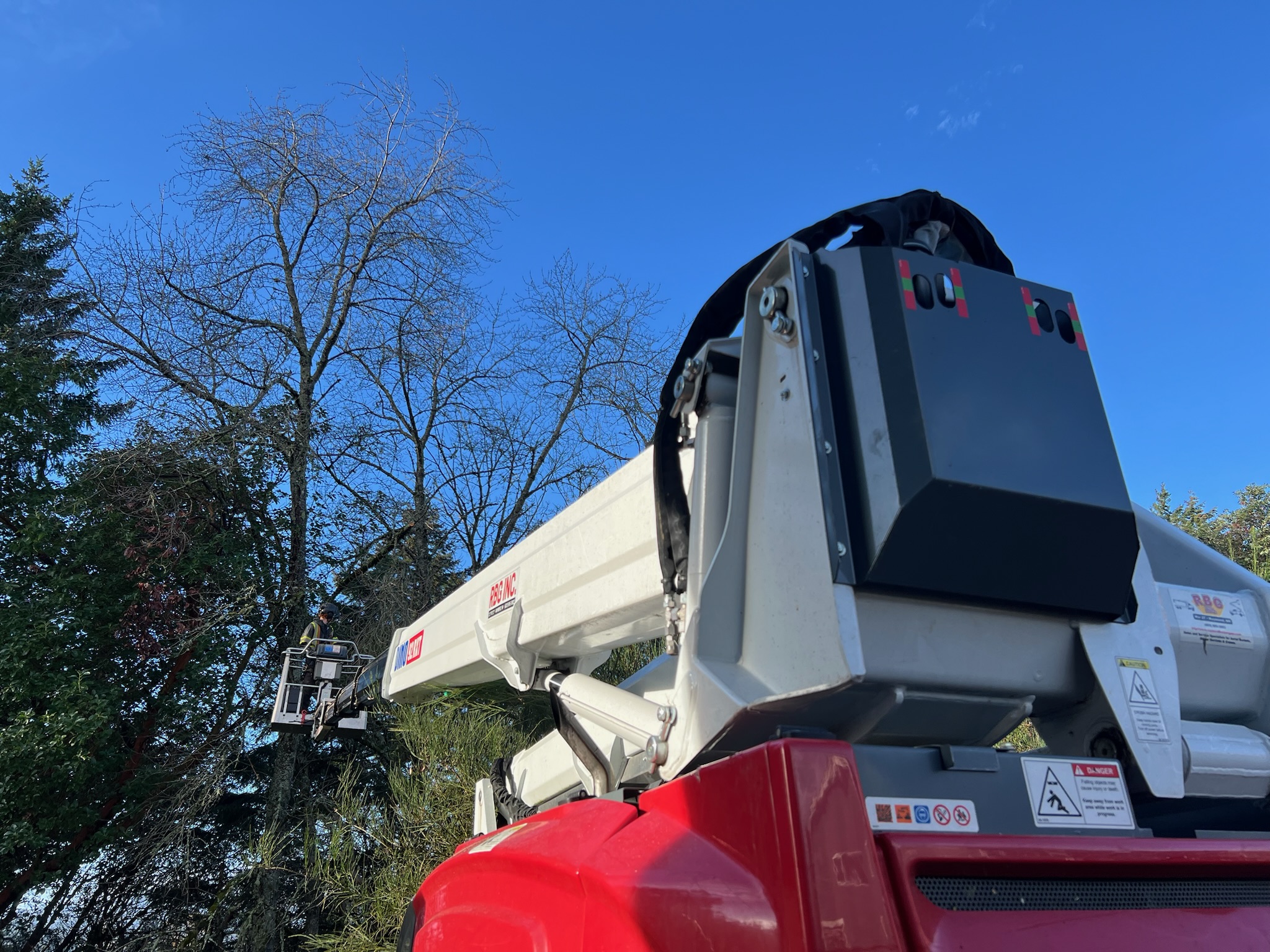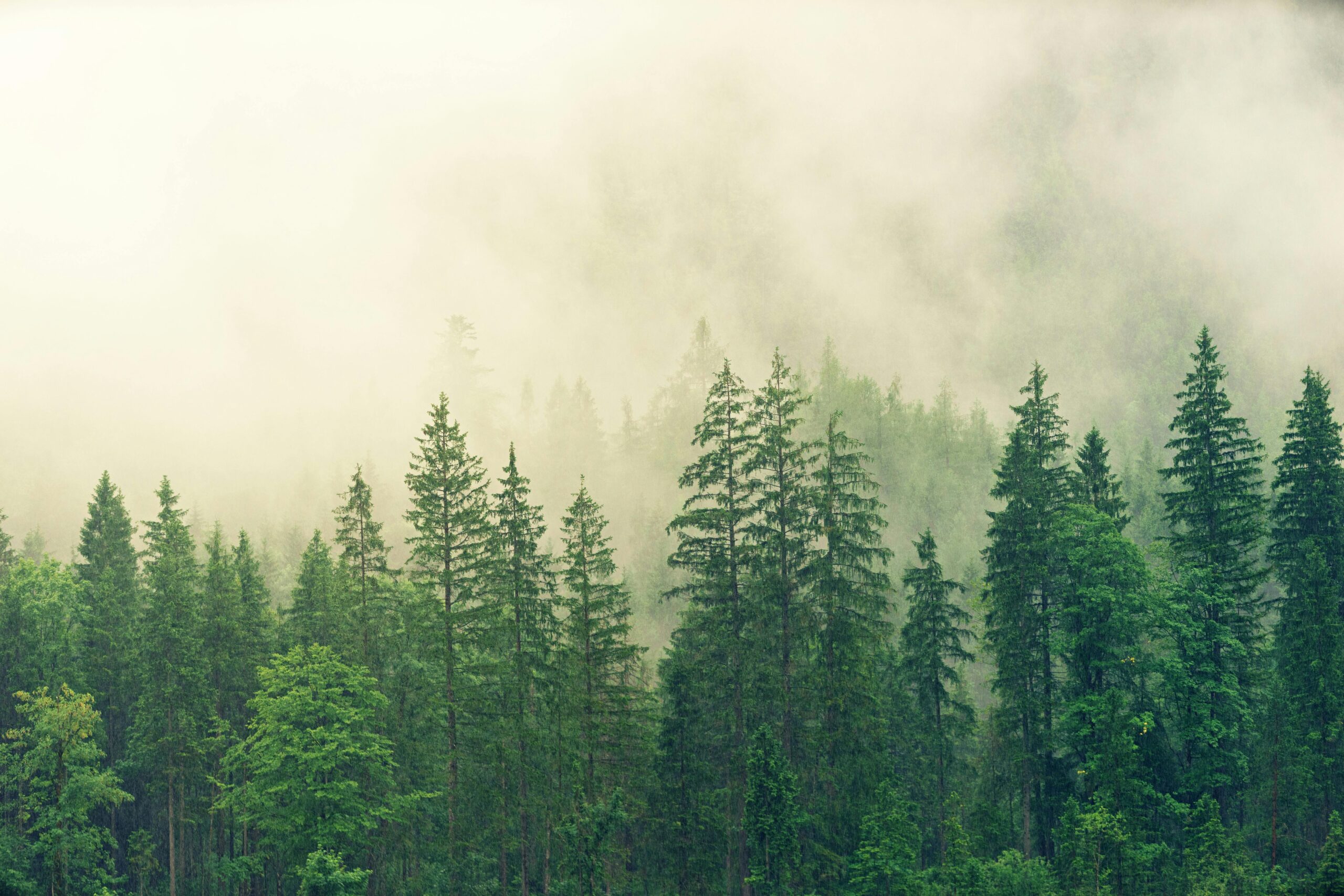I am sure you have all heard of the phrase “winter is coming” but did you know that trees have some amazing tricks to survive the cold. One of the coolest things they do is make their own natural antifreeze! This helps them stay alive even when it’s freezing outside. Let’s take a look at how this works and which trees in Kitsap County use this trick.
How Do Trees Make Antifreeze?
When winter comes, some trees move water out of their cells. This keeps the water from freezing and breaking the cells. Instead, they fill their cells with sugary sap, which works like antifreeze in a car. It keeps the inside of the tree from freezing, even when it’s really cold outside. Isn’t that amazing?
Trees That Use Natural Antifreeze
Many trees in Kitsap County use this antifreeze trick to survive winter. Here are some examples:
- Deciduous Trees (Trees That Lose Their Leaves)
- Maples: These trees store sugar in their trunks and roots to protect themselves during the cold months.
- Alders: Found near water, alders use antifreeze to stay alive until spring.
- Birches: Their thin bark hides a strong antifreeze system inside!
- Evergreen Trees (Trees That Keep Their Leaves)
- Douglas Firs: These trees have needles that hold little water and are covered in a waxy coating. This makes them very good at surviving winter.
- Western Red Cedars: Like Douglas firs, their needles and sap help them resist freezing temperatures.
- Pines: Pines are experts at staying green and healthy all year, thanks to their antifreeze-like sap.
Trees That Don’t Use Antifreeze
Some trees don’t have a natural antifreeze system and can struggle in the cold. These are often non-native trees that aren’t used to freezing temperatures. For example:
- Ornamental Trees: Trees like palm trees or citrus trees can’t handle the cold and may get damaged if temperatures drop too much.
- Young Trees: Even native trees can have a hard time if they are very young and not fully developed yet.
If you have trees like these in your yard, they might need extra care in the winter, like wrapping their trunks or adding mulch around the base.
How You Can Help Your Trees in Winter
Even though most trees in Kitsap County can handle the cold, you can still help them out. Here’s how:
- Mulch: Add a layer of mulch around the base of your trees to keep the roots warm.
- Prune: Remove dead or weak branches before winter storms to keep your trees strong.
- Water: Make sure your trees have enough water before the ground freezes. This helps them stay healthy all winter long.
Why This Matters for Your Trees
Knowing how trees survive winter helps us understand how to care for them. At ClearTree Bainbridge, we’re here to make sure your trees stay healthy and beautiful all year round. Whether it’s pruning, winter prep, or tree removal, we’ve got you covered.
Contact us today to learn more about keeping your trees safe this winter. ClearTree Bainbridge is here to help with expert tree care for all seasons!




